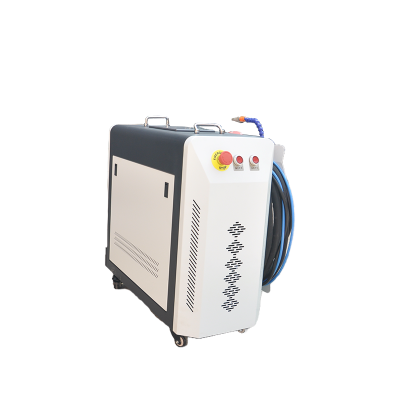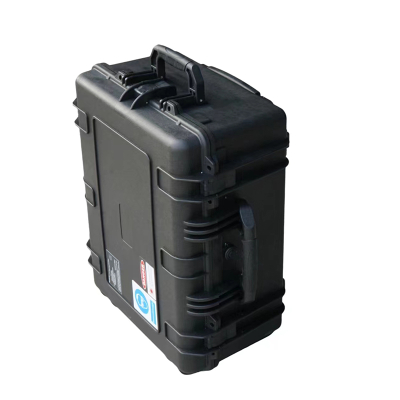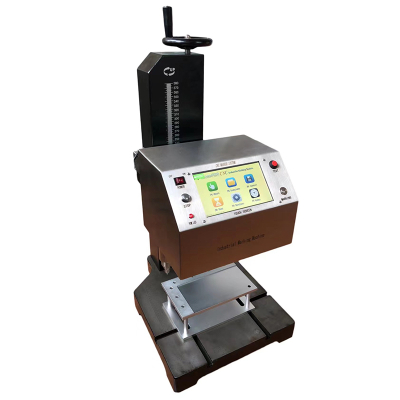Methods for preventing high-temperature failures of handheld laser welding machines in summer
As the hot summer approaches, the temperature gradually rises. The working intensity of the personnel operating the laser welding machine is also increasing slowly. According to the statistics of failure rates in previous years, summer is a season with higher failure rates.
The data shows that the fluctuation of the failure rate is positively correlated with the change in temperature. After analyzing the maintenance data, the main cause of laser failures in summer is temperature. Excessive temperature leads to parameter drift in electronic devices, and the drift of electrical parameters directly causes instability in the laser. Since the peak power of the pulsed laser is as high as 10KW, according to the principle of laser, unstable control signals may cause the superposition of pulse energy. As is well known, optical fibers can dissipate heat well, but they can withstand a limited peak power. When the pulse energy is superimposed, the peak power will also be superimposed. When the peak power reaches or exceeds the threshold that the optical fiber can withstand, it will cause fiber cracks.
In conclusion, the main cause of summer laser equipment failures is generally high temperature. Then the problem arises - air cooling is the type of cooling using air to cool the object. It conducts heat exchange through the surface of the object and removes heat through the flow to maintain a relatively balanced temperature of the object. However, air cooling itself is affected by air flow, and it is difficult to achieve a constant temperature due to the gas temperature and environmental sealing. Summer is inevitable, high-intensity work is inevitable, and failures are inevitable. To meet the processing requirements, it is necessary to reduce the failure rate and ensure the basic production capacity.
Here is an action for dealing with the high-temperature failure of the laser:
First of all, ensure proper indoor ventilation to maintain a comfortable room temperature.
2. Ensure proper ventilation inside the machine to maintain an appropriate operating temperature for the laser.
3. Ensure the cleanliness of the laser ventilation system to guarantee that the heat generated inside the machine can be promptly dissipated to the outside of the chassis and carried away by the air.
4. Conduct thorough cleaning of the interior of the cabinet, remove the coverings from the power control circuits, and ensure proper heat dissipation.
5. For workplaces with harsh environmental conditions, additional external ventilation facilities can be installed to increase the air flow around the equipment cabinets and assist in cooling the auxiliary devices.
6. Try to minimize the frequent switching of the equipment. During short breaks, there is no need to shut down the device. Increase the cooling time to reduce the impact of frequent switching on the circuit current.
7. Clean the reflective components such as the lens to reduce the damage caused by high reflection resulting from the condensation of material vapor.


